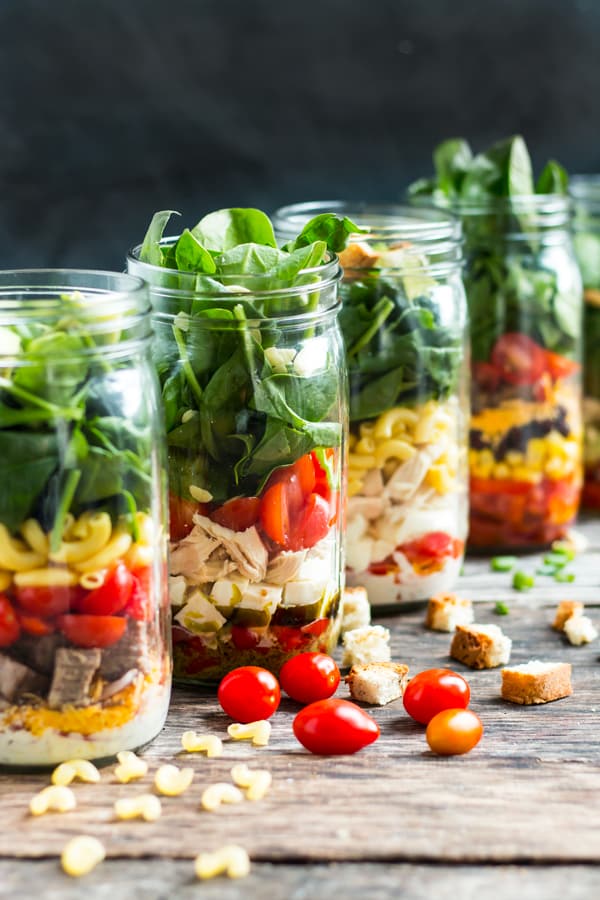
As expected, garlic, chili, and lemon prominently appear on our panel’s roster of intense flavors. Yet, Calabrian chili, tamarind, and even an age-old Roman fish sauce also make their presence felt.
Which jarred pastes provide instant flavor? Jo from Stroud, Gloucestershire
The distinction between ordinary and exceptional often lies within condiments, sauces, or pastes. Pippa Middlehurst, the author of “Simple Noodles: Everyday Recipes, from Instant to Udon,” emphasizes the significance of a handful of items that swiftly infuse dishes with flavor, umami, and seasoning. “These ingredients possess remarkable versatility when employed correctly,” she affirms.
A prime example is miso, the Japanese fermented soybean paste. While it traditionally finds its place in dishes like miso soup, ramen, or nabe, Middlehurst ingeniously incorporates a tablespoon into spaghetti with garlic and butter, elevating it to a speedy yet intensely flavored meal. She also introduces it to tomatoes before roasting, underlining its diverse applications.
An alternative route to infusing flavor involves Japanese curry roux. “I always have these blocks in the pantry,” shares Middlehurst. She dissolves it in water and combines it with carrots, potatoes, and often protein. For those seeking a more elaborate experience, the sauce pairs well with katsu, or it can be used as a foundation for curry udon, a hearty soup featuring thick, velvety udon noodles.
The classic trio of garlic, ginger, and chili is equally transformative. “Garlic-ginger paste is my ultimate go-to,” reveals Sanjay Aggarwal, the author of Spice Kitchen. It finds its way into nearly every curry and stir-fry, serving as a substantial time-saver without compromising on flavor. Likewise, Aggarwal keeps a jar of chopped chili on hand, utilizing it to craft vibrant jams, enhance the zest of prawns with butter, or effortlessly amplify the taste of pasta and legumes. This convenience comes without the hassle of chopping an entire chili and discarding the excess. However, for those craving a “funky, fermented heat,” Dara Klein advocates for Calabrian chili paste, which introduces a fiery acidity to various dishes.
Klein also recommends colatura di alici, a fermented anchovy extract akin to fish sauce. “It harks back to Roman times, exuding pungent and robust flavors that enrich seafood crudo, salads, and fish,” explains the chef of Tiella at the Compton Arms in north London. Additionally, pomegranate molasses elevates even the simplest components to harmonious heights. “Its profound acidity paired with subtle sweetness makes it an ideal addition to sauces and meat dishes, especially poultry,” shares Saghar Setareh, author of “Pomegranates and Artichokes.” The syrup’s characteristics are exemplified in dishes like fattoush, where it contributes depth to the olive oil, lemon juice, sumac, and pomegranate molasses dressing.
Reflecting on his upbringing, Aggarwal reminisces about his mother’s exceptional tamarind sauce for Indian delicacies like pav bhaji. Although she invested considerable time in cooking down the tamarind and crafting the sauce, Aggarwal has discovered a time-efficient solution for achieving that delightful sweet-sour essence in dishes like prawn pad thai: store-bought tamarind paste.



